Using the Johari Window model in 4 steps to improve relationships & communication
Have you ever been asked in a job interview, “What are your greatest strengths and weaknesses?” It’s a difficult question to answer, not only because you don’t want to give the wrong impression, but also because it’s hard to know what the honest answer is.
Understanding oneself is hard. Unless you have very honest friends and family members, it can be hard to know what others think about you. Reflection and introspection can help, but you are still relying on your own personal views.
So if you want to gain a greater understanding of who you are and how others see you in a professional capacity, consider the Johari Window Model.
The model is a useful psychological tool designed to help you gain a greater understanding of yourself, and those you work with. Furthermore, it can help build trust and stronger bonds.
So let’s take a look at how it works.
What is a Johari window?
Although it’s over 65 years old, the Johari Window Model is still used widely today by managers looking for a group learning tool. Divided into four panes, the window looks at four areas of human interaction: open, blind, hidden and unknown. This approach delivers a 360-degree feedback evaluation enabling the individual and the wider group to understand their strengths, weaknesses, blind spots and differences in perception.
The Johari model can help build understanding around the soft skills that modern managers desire such as:
- self-awareness
- personal development
- improving communications
- interpersonal relationships
- group dynamics
- teamwork
The Johari Window model panes explained
Let’s take a closer look at the four panes of the Johari Window:
Open: Known to you – Known to others
The first pane in the window is referred to as the ‘open‘ area. This quadrant represents information or behaviour that you already know about yourself and those know about you. This could be facts, skills, talents, communication style or attitude. Ideally, the things you add in this quadrant should not be surprising for the individual or the group, which makes it the ideal place to start the exercise.
Blind: Unknown to yourself – Known to others
The second pane is referred to as ‘blind’, indicating blind spots. This quadrant is for listing actions, behaviours, traits and skills that others see, but the individual doesn’t. These can be positive or negative, such as hidden strengths or unknown character flaws. These blind spots may be hard to hear, but they should be used for personal development.
Hidden: Known to yourself – Unknown to others
The third pane is the ‘hidden’ quadrant. It should contain things that the individual knows about themselves, but others don’t. This may be things like prior expertise, ambitions or dreams, or personal opinions and views. By sharing this private information, it can help develop trust between members of the group, who may, in turn, reveal things they previously kept hidden.
Unknown: Unknown to yourself – Unknown to others
The fourth window pane contains information that simply ‘unknown’. This means information, character traits or skills that are unknown to both the individual and others. It’s hard to find this information, so you may want to think back.
The Johari window template
We’ve created a simple template for the Johari Window worksheet that you can use to conduct an analysis with your team. Load it on Conceptboard’s shared online whiteboard, so you can complete it in real-time with colleagues regardless of where you are located. Alternatively, ask colleagues to share their thoughts asynchronously by sending them a link to the shared document.
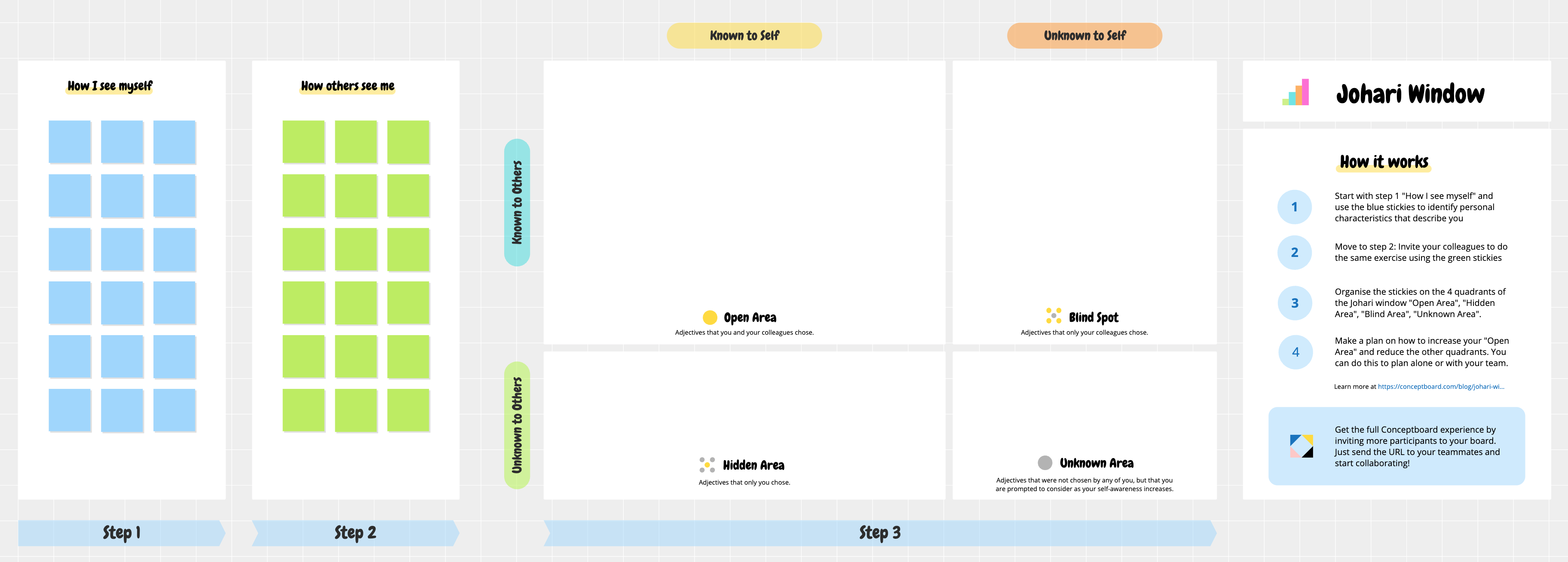
Follow these four steps to complete your model.
- In the Open pane, start by adding 10–12 things you are aware of about yourself, such as adjectives, skills, descriptors. Then ask colleagues to circle things they agree with.
- Anything that is left encircled can be moved into the Hidden pane.
- Then ask colleagues to write things about you in the Blind pane. If there is anything in there you already know, move it to the open pane. Anything that is new to you, should be left there.
- In the Unknown pane, you should use the space to reflect on underlying issues or things you are unaware of about yourself. This might be something like “I would like to discover why I am impatient” or “I wonder why I really struggle with deadlines?”
How to take the Johari Window test
If you prefer to conduct the exercise as an interactive test, check out this online version. It may look a bit outdated, but it still works well as a group exercise.
To start, select five or six words that you feel best describe you, from the list of adjectives. Then you can send your link to colleagues, who will contribute the words they associate with you. In the end, you should have a completed window that you can use as the basis of self-improvement.
Best of all, everyone can create their own window and receive anonymous input from everyone else.
When to use the Johari window
The Johari window exercise is best used when you need to build trust or bring clarity to a situation. Coaches may want to use the exercise with clients, or managers may want to use it within teams to improve communication or develop personal development goals.
The important thing to remember is you can’t complete it alone. You will need input from others to help you gain understanding.
Johari window personal example
We’ve included an example of what a completed Johari Window model looks like.
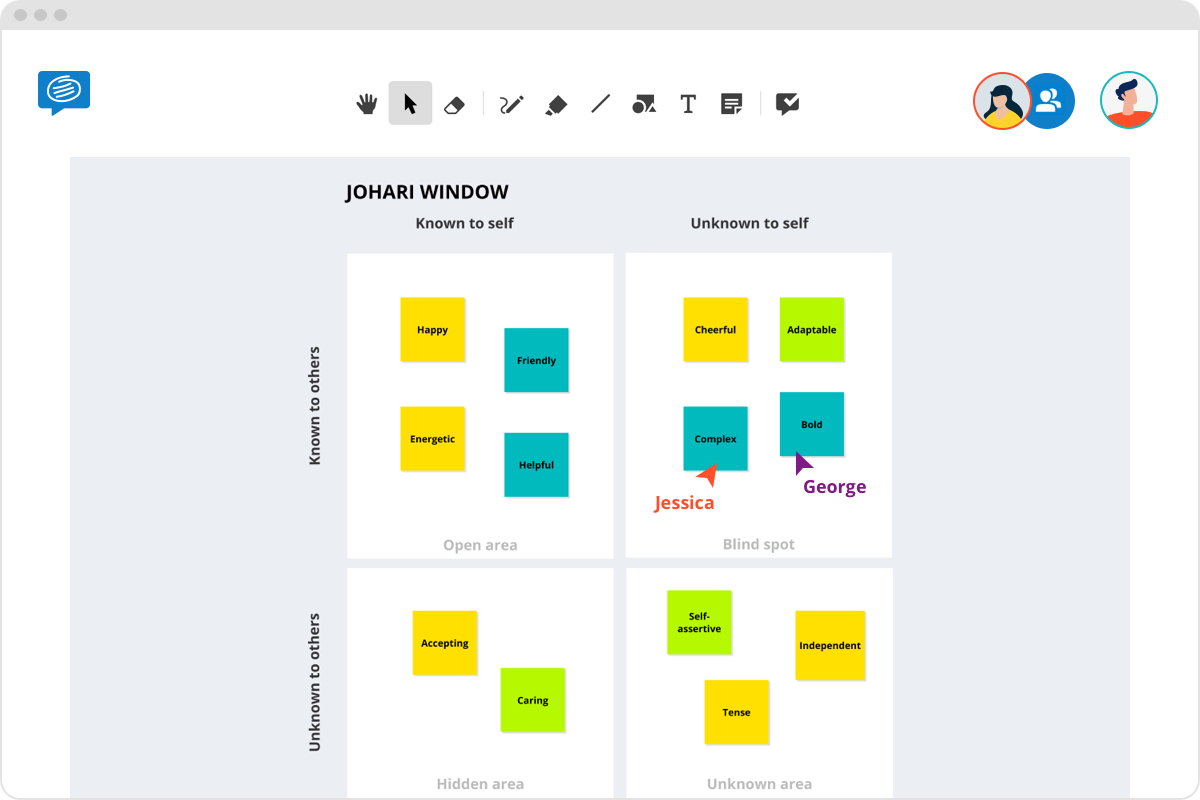
The Johari Window is a great tool for improving communication and relationships within teams. On an individual level, it helps people understand what others see in them. They might have blind spots, hidden fears or insecurities that they can now address. By exploring, sharing, and talking about those things, they can look for ways to overcome them.
If you want to explore more team-building techniques, our blog is full of helpful resources such as the Virtual Water Cooler, how to foster innovation in virtual teams and the Team Charter template.
As always, let us know how you used the template with your team in the comments below.

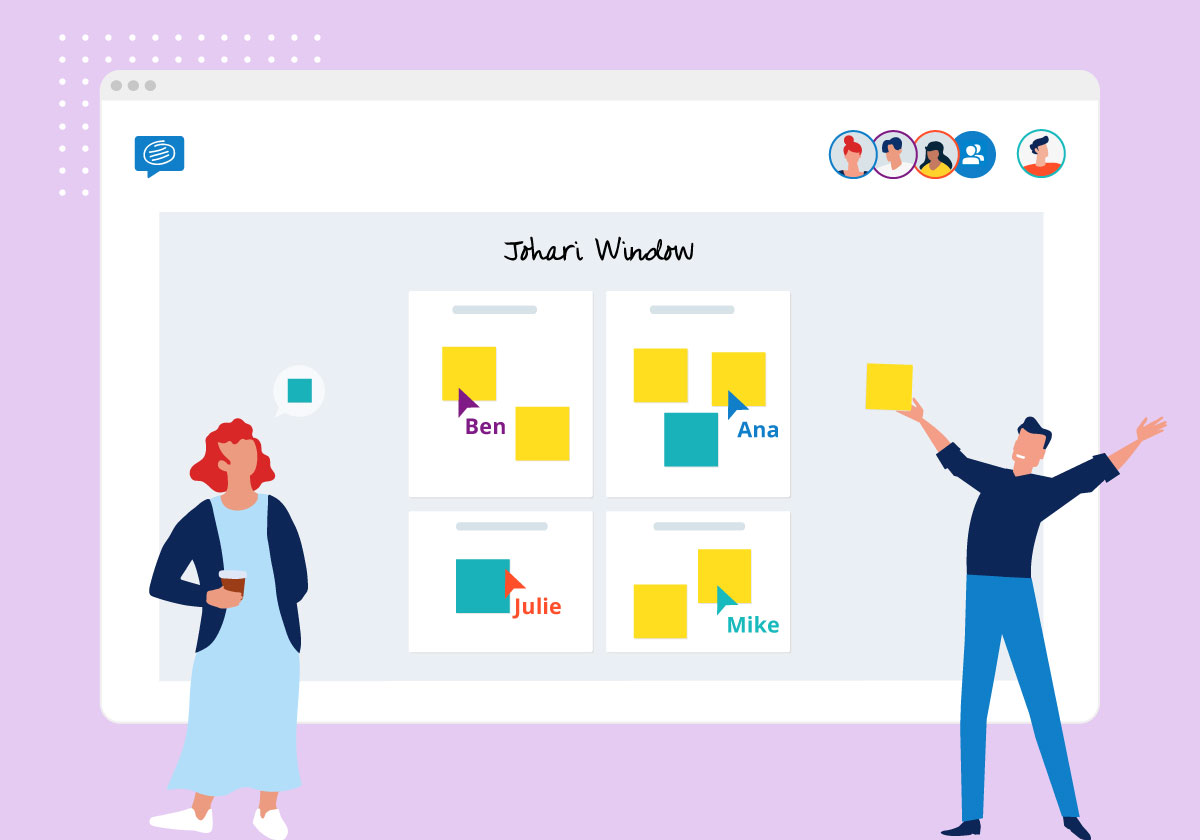
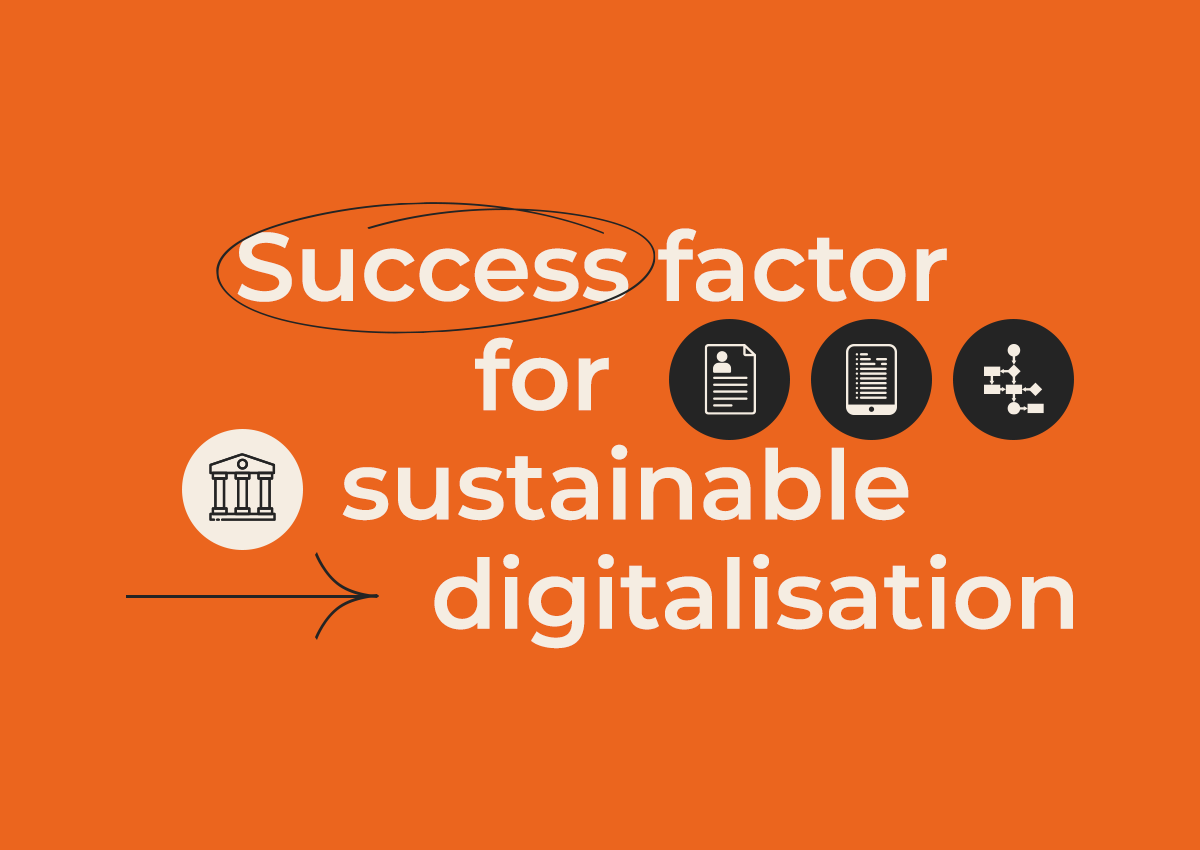

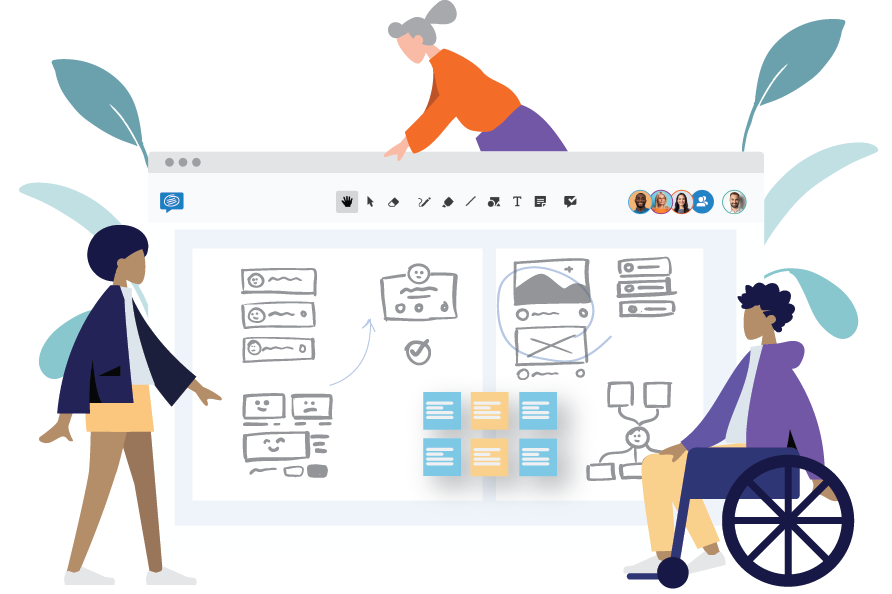
1 Comment. Leave new
Thanks so much for the information. However, as an educational manager, kindly explain to me how this model can assist me in understanding and relating with other employees.